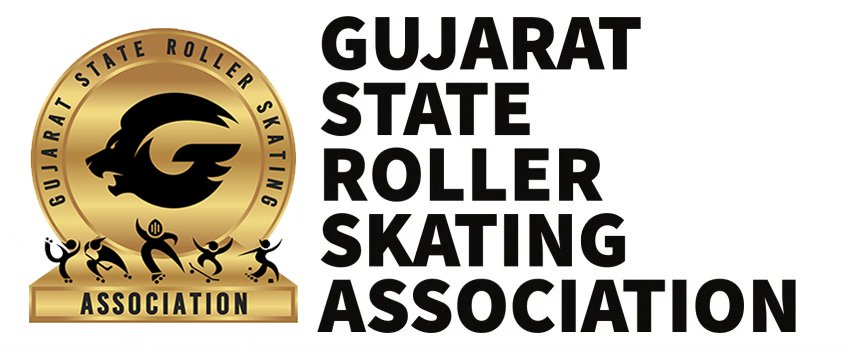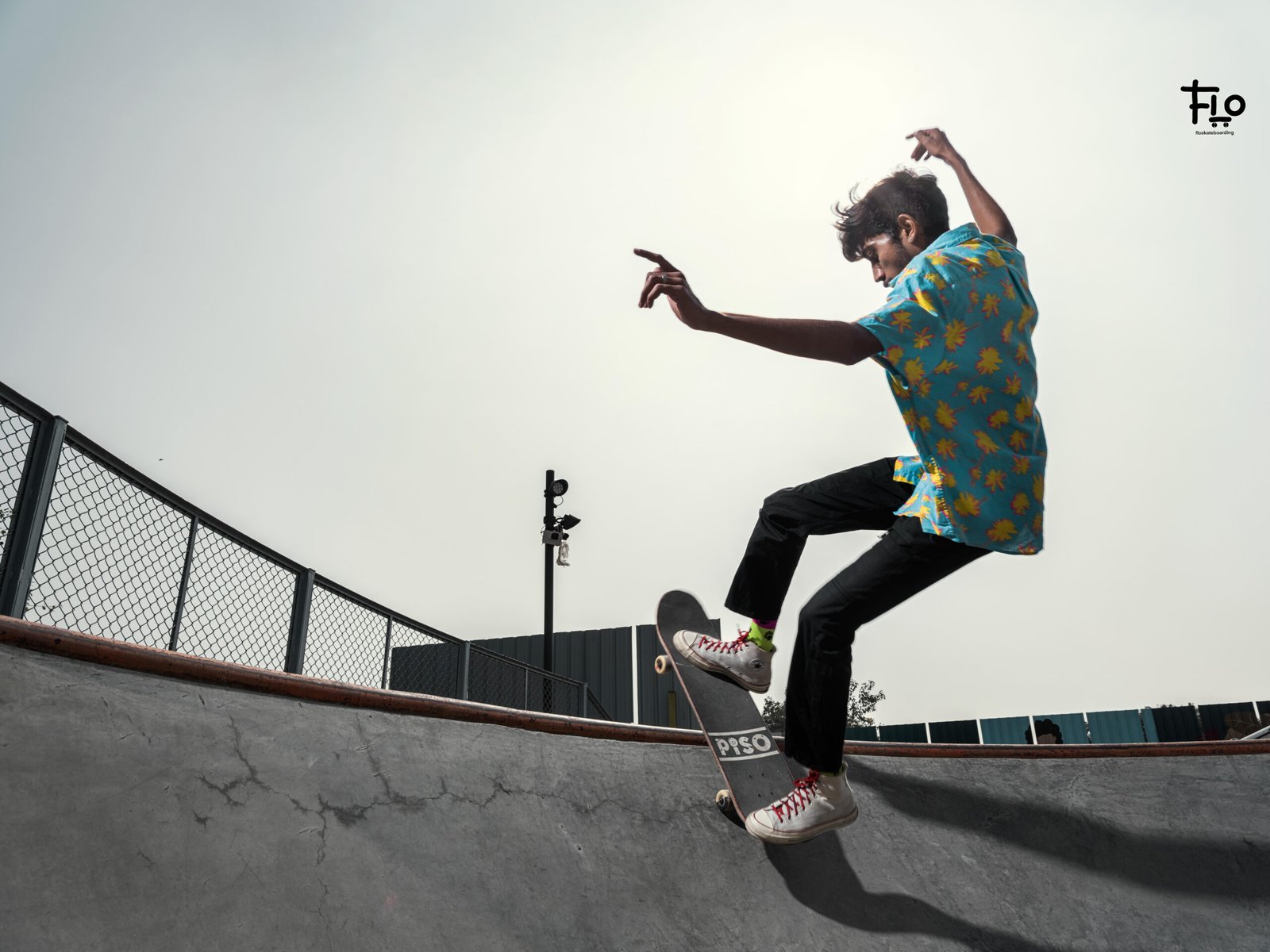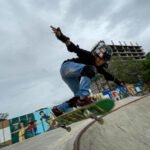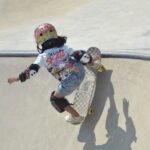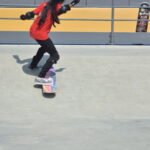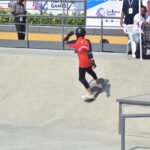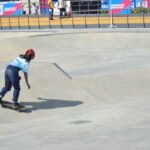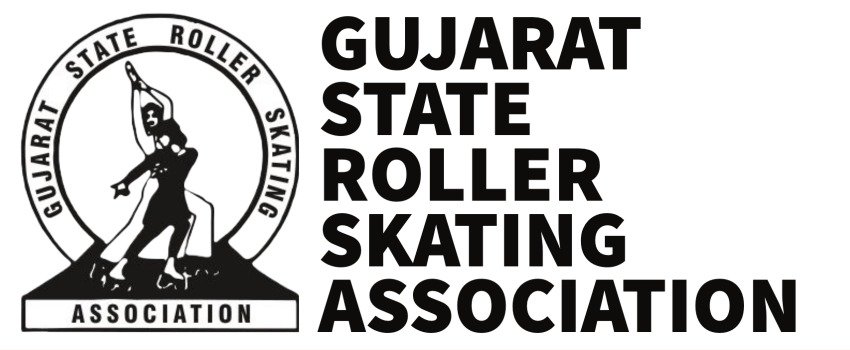Skateboarding as we know it, was created in the late 1940s or early 1950s when surfers in California wanted something to do when the waves were flat. Sets of skate wheels were attached to wooden boards and early skaters emulated surfing style and manouevers while they practised ‘sidewalk surfing’.
Eventually skateboarding made its way to Australia and a range of styles of skateboarding are now practised both recreationally and competitively.
Street
Street skateboarding focuses on flat-ground tricks, grinds, slides and aerials within urban environments and public spaces. To add variety and complexity, obstacles such as handrails, stairs, walls, bins, park benches, picnic tables and other street furniture may be traversed as part of a single trick or a seris of consecutive tricks known as a line.
Park
Park skateboarding encompasses a variety of sub-styles for riding in purpose-built skate parks. Tricks include rotations, hand plants, grinds, alley-oops and grabs, making the most of skate park features including half pipes, quarter pipes, vert ramps, bowls and pools.
Vert
Short for vertical skateboarding (or roller skating!), vert involves the skater transitioning from horizontal to vertical in order to perform tricks. Vert skaters start out in a horizontal position at the bottom of a vert ramp and gain speed as they push themselves from one side of the ramp to the other until they’re performing tricks in the vertical position. The most impressive tricks involve aerial manoeuvres well above the ramp. Australia has produced world champions in this discipline.
Freestyle
Probably the earliest form of competitive skateboarding, freestyle mostly features technical flat-ground tricks like wheelies, handstands, flips and spins, sometimes involving more than one skateboard. Fluidity and motion to music play a big part in freestyle skating.
Longboard
Whether your thing is “surfing” the Esplanade, busting out massive slides, or nudging 100kph on Conrod Straight, longboarders are riding with the heart and soul of where skateboarding began.
Longboarding as a sport requires a couple of different skills to street and park skating, but the courage, commitment and stoke to be your best is the same. Longboards are a stable platform that handle all kinds of pavement, are easy to push, fun to slide, and very fast. Longboard racing requires race-grade safety gear such as leathers, full-face helmets and sliding gloves, but for a day surfing the Esplanade, you’ll only need a helmet and a grin.
Downhill Slide
Downhill slide involves making long powerslides at high speeds riding a longboard. When longboarders have to make tight turns or slow down while going at high speed, they powerslide the board, sometimes using tweaks like dragging hands, knees and elbows. This activity develops critical skills used in downhill racing for managing speed when approaching corners or for emergency stops.
Downhill Racing
The Formula 1 of skateboarding, involving racing down hills such as Mount Panorama at Bathurst, where speeds approaching 100kph are achieved.
Slalom Racing
Dodging cones at speed in a head-to-head shoot-out, or finishing fastest with a clean run down a drainage ditch, where the winner is judged by a stopwatch, or crosses the finish line first. This is the original skateboard competition, and anyone who can skate can race slalom. The Australian National Slalom Championships takes place every March in Canberra.
Longboard Dance
Longboard dancing is highly visual and creative. It combines the technicality of freestyle skating with the aesthetics, rhythm, and movements repertoire of dancing. In other words, dancing on a longboard is taking skateboarding into the territory of performing arts. At each run, the longboard dancer performs a choreography that may have been previously rehearsed or improvise with or without background music.
Rules & Regulations
Download PDFKey Contacts
Officials | contact@gsrsa.com
Documents
Links
India Skate
World Skate
Key Contacts
Name | Email
Documents
